|
This fort is not
mentioned in the written ancient sources. The first picture of the fort comes
form the 17st century AD. It is a copper engraving illustrating a
battle of general de Souchés against the Turks in 1661. The ruins of this
“castle”, with the system of ditches and ramparts draw attention of an
important schollar Mathias Bel in the 18th century AD. At the same
time the site was visited also by two well known English travellers - Richard
Pococke and Jeremiah Milles, interested very much in the Roman history. On
the way along the Roman frontier their attention caught a couplet of two
fortifications situated in the proximity of the confluence of the rivers Váh
and Danube. The most of the ruins on the right bank of the Danube they
described as a Roman fortress – Brigetio. J. Milles made a drawing of the
ruins.

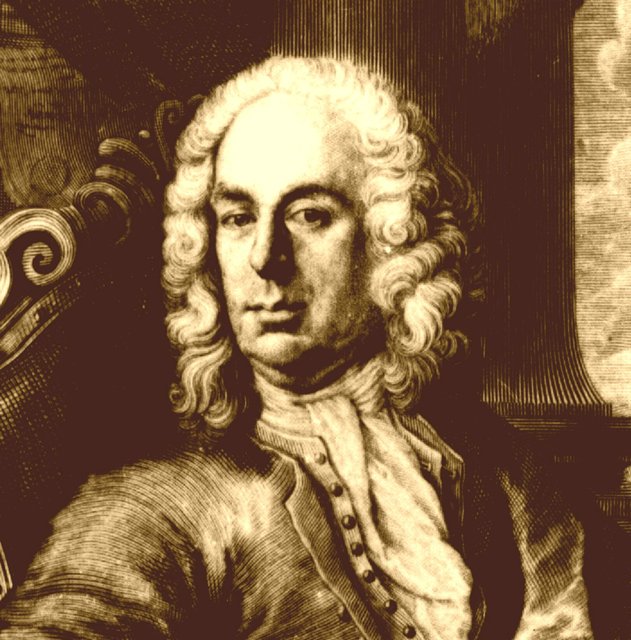

The scientific research
focused on Roman fort in Iža started in the 19th and
continued mainly in the 20th century AD. Our present
knowledge is the result of several seasons of archaeological
excavations. The very first were carried out by a local amateur
archaeologist János Tóth-Kurucz at the beginning of the 20th
century AD. Even though he was a high school professor in
Budapest, the fort in Iža - his native village, attracted him so
much, that he spent several seasons excavating there. During the
seasons of 1906-1909, 1912 and 1913 he uncovered and documented
the large part of the inner fort area and its fortification
system. He drew a ground plan of the fort which, with only small
changes, is still valid today. The results of the excavations are
published and summarised in a monograph about the Pannonian
frontier.
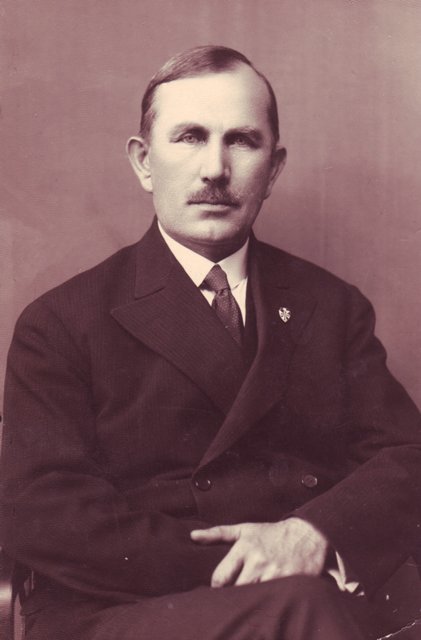

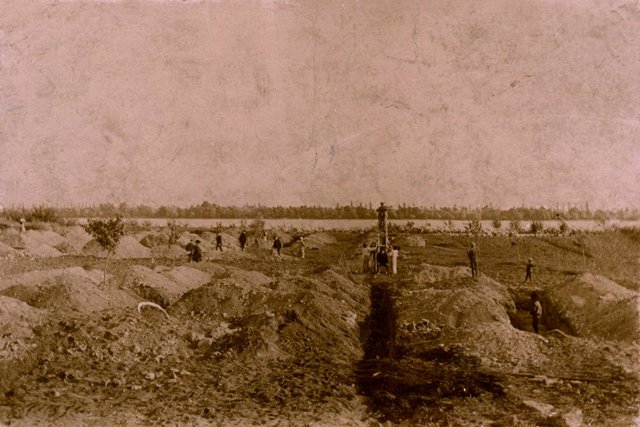
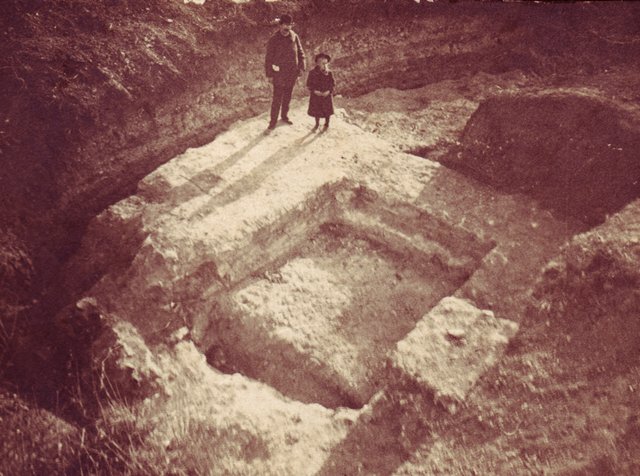

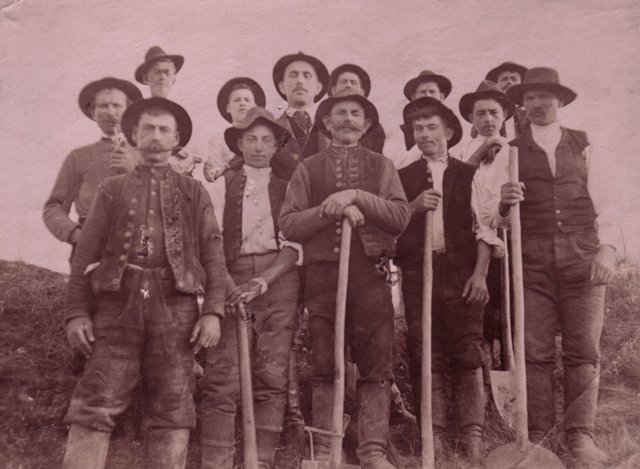
His work was followed by
Jaroslav Böhm in 1932, who excavated the ditches - part of the
external fortification system. Large scale excavation was carried
out here under supervision of Bedřich Svoboda in 1955-1956 and Mária
Lamiová-Schmiedlová in 1957. The present archaeological
excavations, preservation and presentation of this special ancient
site are since 1978 undertaken by the Archaeological Institute of
the Slovak Academy of Sciences in Nitra.
|